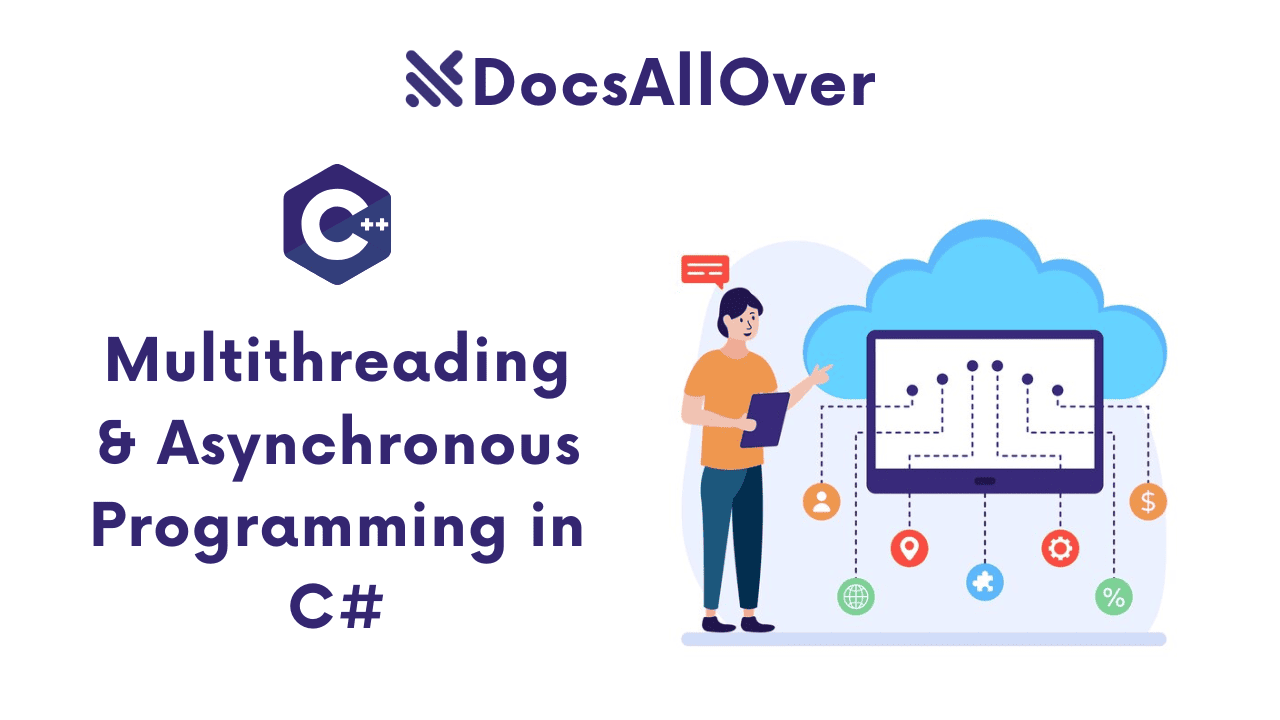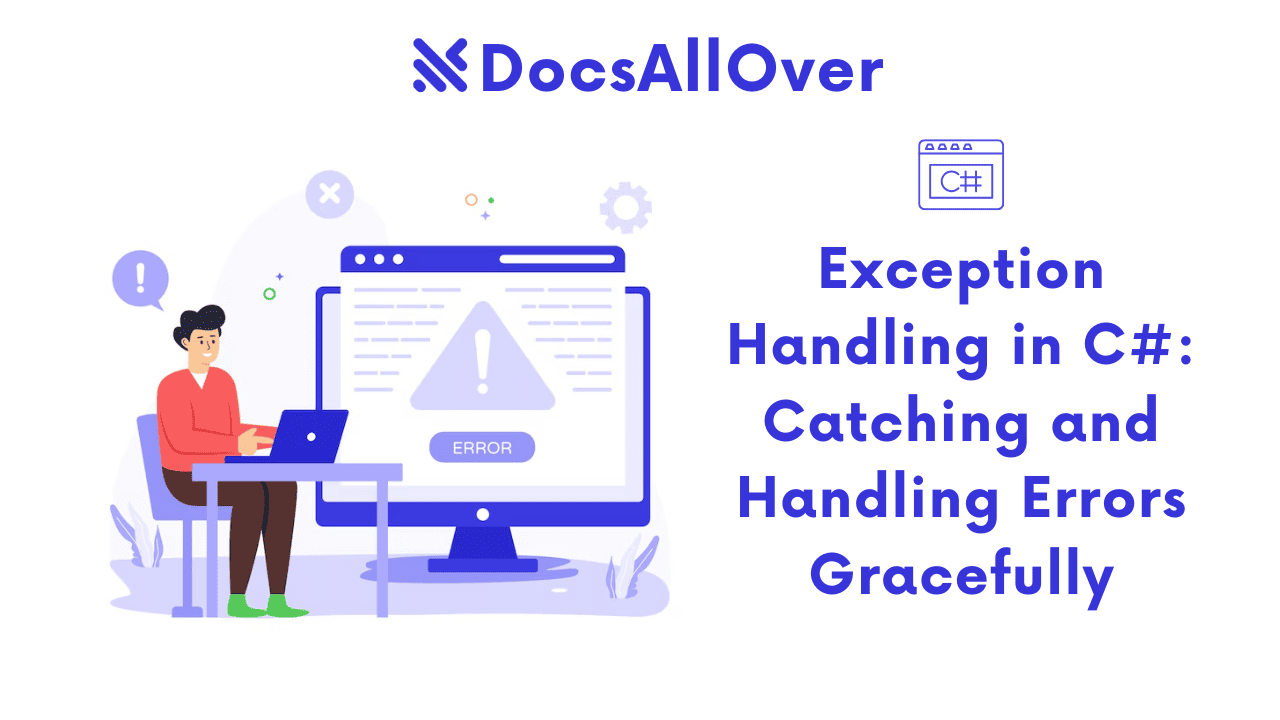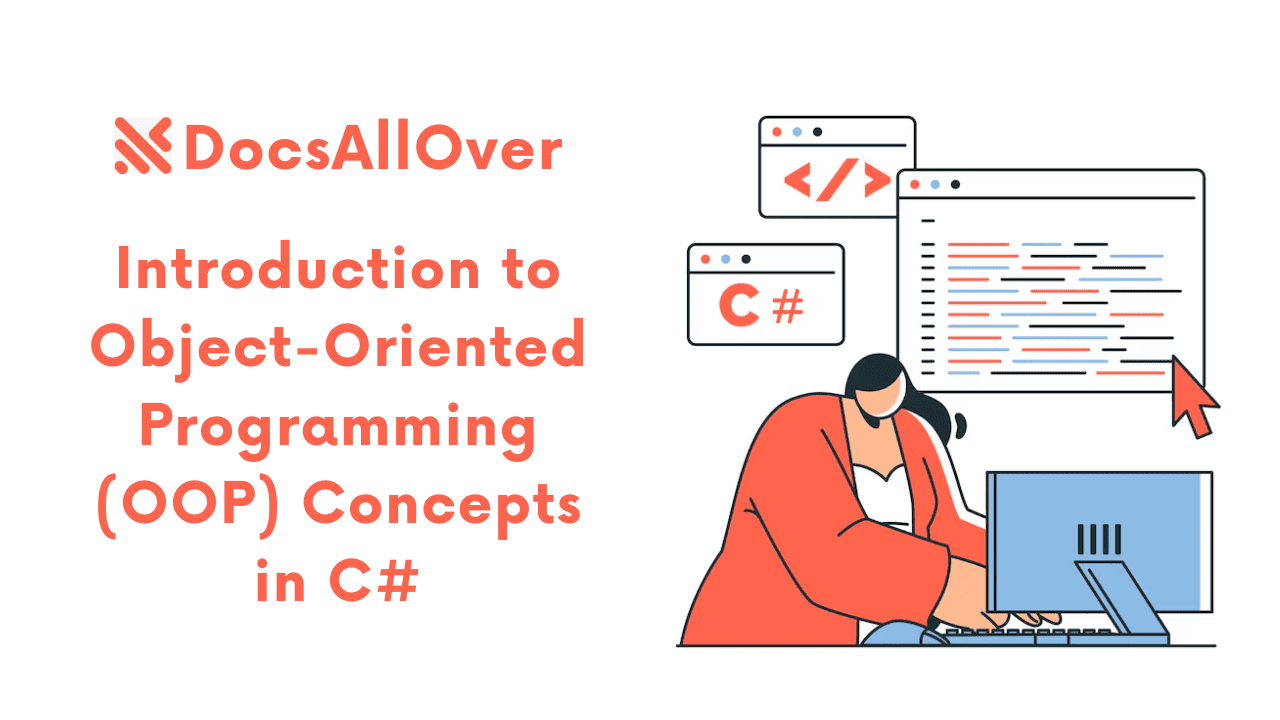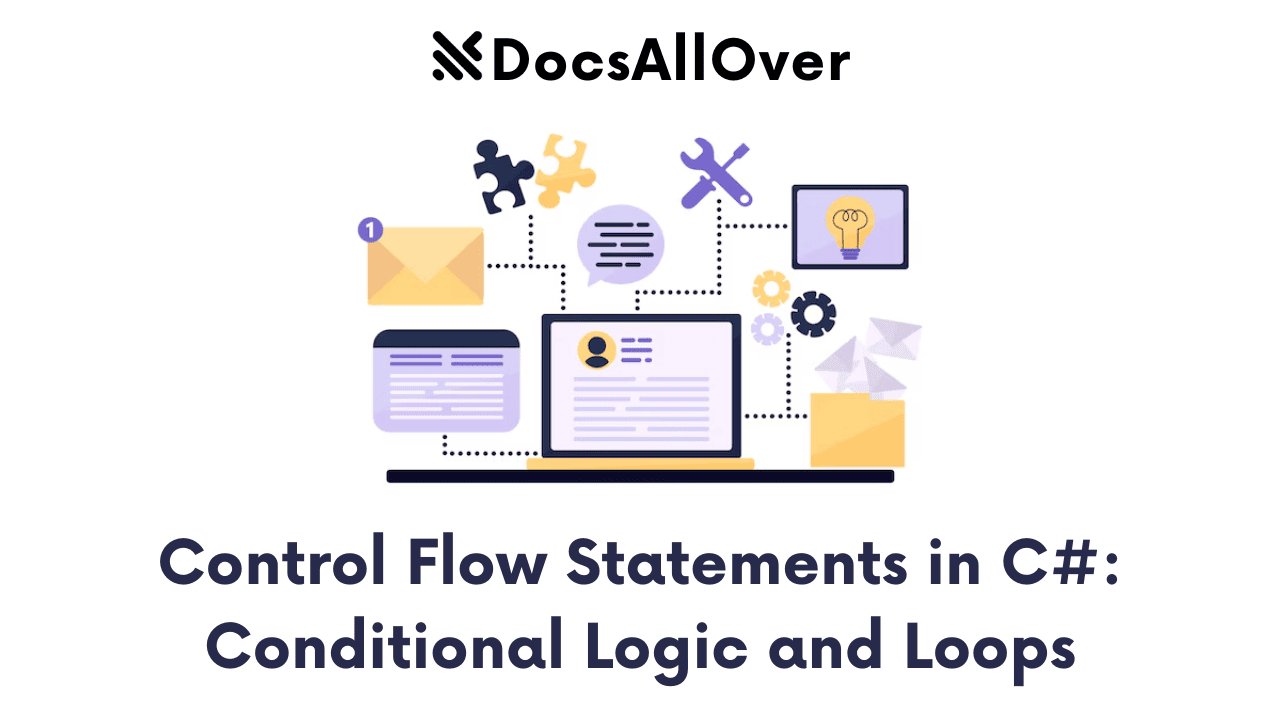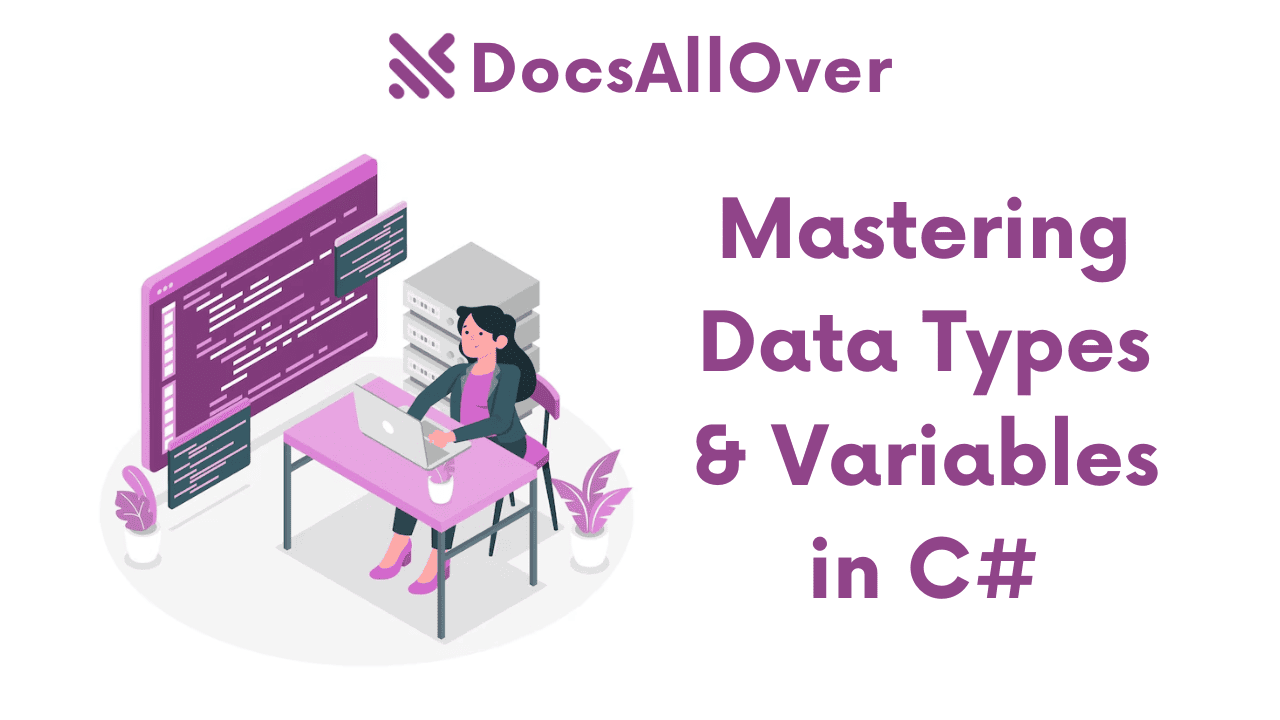Exploring Generics in C#: Building Reusable Code with Type Safety
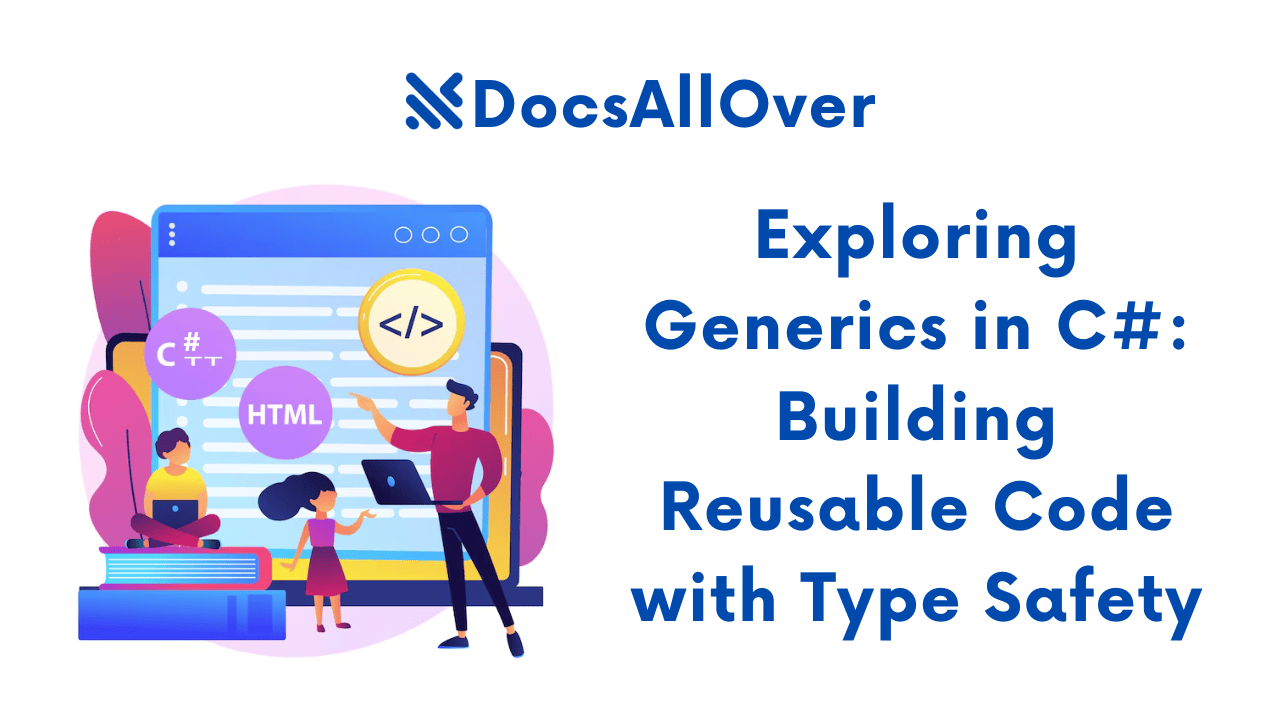
What are Generics in C#?
- Generics in C# allow you to create classes, methods, interfaces, and delegates that work with any data type without specifying the exact type until the code is used.
- They are parameterized types, meaning you use a placeholder (like
T,U,K) to represent the actual data type, which is then specified when you create an instance of the class or call the method.
Benefits of using Generics:
- Type Safety: Generics enforce type checking at compile time, preventing runtime errors caused by type mismatches.
- Code Reusability: You can write a single class or method that works with any data1 type, reducing code duplication and improving maintainability.
- Improved Readability and Maintainability: Generic code is often more readable and easier to maintain because it is more concise and easier to understand.
Generic Classes
Defining generic classes using type parameters:
- You define a generic class by enclosing one or more type parameters within angle brackets (
< >) after the class name. - These type parameters act as placeholders for the actual data types that will be used with the class.
In this example, T is the type parameter. It can represent any data type, such as int, string, double, or even another class.
Creating instances of generic classes with specific type arguments:
When you create an instance of a generic class, you specify the actual data type for the type parameter within angle brackets.
Example: Generic List<T> class:
- The
List<T>class in the .NET Framework is a classic example of a generic class. - It allows you to create lists of any data type.
Working with generic class members:
- You can use the type parameter within the class to define fields, methods, and properties.
- The compiler will ensure type safety within the class, preventing operations that are not valid for the specified data type.
Generic Methods
Defining generic methods using type parameters:
- You can define generic methods within a class or as standalone methods.
- The syntax is similar to generic classes, using angle brackets (
< >) to enclose the type parameters.
Using generic methods with different data types:
You can call a generic method with different data types, and the compiler will automatically infer or explicitly determine the appropriate type for the type parameter.
Example: A generic Swap() method:
- The
Swap()method shown above is a simple example of a generic method. - It swaps the values of two variables of the same type.
Constraints on type parameters:
- You can place constraints on the types that can be used as type arguments using
whereclauses. - Common constraints include:
where T : class: The type argument must be a reference type (e.g., class, interface, delegate).where T : struct: The type argument must be a value type (e.g., int, float, bool).where T : new(): The type argument must have a public parameterless constructor.where T : IComparable<T>: The type argument must implement theIComparable<T>interface.
In this example, the Print() method can only be used with reference types because of the where T : class constraint.
Generic Interfaces
Defining generic interfaces with type parameters:
You can define interfaces that work with generic types using the same syntax as generic classes.
In this example, IRepository<T> is a generic interface with a type parameter T.
Implementing generic interfaces with concrete classes:
Classes that implement a generic interface must also be generic and use the same type parameter.
Example: Generic IComparable<T> interface:
- The
IComparable<T>interface is a built-in generic interface in the .NET Framework. - It defines a single method,
CompareTo(), which allows objects of the same type to be compared.
Classes that implement IComparable<T> can be used in sorting algorithms, searching algorithms, and other operations that require comparisons between objects.
Constraints on Type Parameters
Specifying constraints on type parameters using where clauses:
- You can use
whereclauses to specify constraints on the types that can be used as type arguments. - This ensures type safety and allows you to perform operations that are only valid for certain types.
Common constraints:
where T : class: The type argument must be a reference type (e.g., class, interface, delegate).where T : struct: The type argument must be a value type (e.g., int, float, bool, struct).where T : new(): The type argument must have a public parameterless constructor.where T : IComparable<T>: The type argument must implement the IComparable<T> interface.
Example: Using constraints to ensure type safety and enable specific operations:
In this example, the PrintAndCompare() method can only be used with types that implement the IComparable<T> interface, ensuring that the CompareTo() method can be called on the objects.
Practical Examples
Generic Data Structures:
Generic Stack:
Generic Queue:
Generic Algorithms:
Generic Sort() method:
Generic Search() method:
Using generics with LINQ (Language Integrated Query):
- LINQ extensively uses generics.
- You can use LINQ to query and manipulate collections of any data type.
These examples demonstrate how generics can be used to create reusable data structures and algorithms that work with any data type, improving code flexibility and maintainability.
Best Practices and Considerations
When to use generics:
- When you need to create reusable code that can work with different data types.
- When you want to improve type safety and prevent runtime errors.
- When you need to write more generic and flexible algorithms and data structures.
When to avoid generics:
- When the performance overhead of generics is a significant concern.
- When the code is very simple and the benefits of generics are minimal.
- When the complexity of using generics outweighs the benefits.
Potential pitfalls and how to avoid them:
- Overuse of generics: Avoid using generics when they are not necessary. Overuse can make the code more complex and harder to read.
- Type parameter conflicts: Be careful when using multiple generic types in the same class or method. Ensure that there are no conflicts or ambiguities between the type parameters.
- Constraints: Use constraints judiciously. Overly restrictive constraints can limit the flexibility of the generic code.
- Performance considerations: Be aware of potential performance implications of using generics. In some cases, boxing and unboxing operations can occur with value types, which can impact performance.
Maintaining and evolving generic code:
- Thorough testing: Write unit tests to ensure that your generic code works correctly with different data types.
- Clear documentation: Document the intended usage of the generic code, including any constraints on the type parameters.
- Consider future extensibility: Design generic code with future extensibility in mind.
- Refactor carefully: When refactoring generic code, be careful not to introduce unexpected behavior or break existing functionality.
By following these best practices and considerations, you can effectively use generics in your C# projects to write more robust, reusable, and maintainable code.
